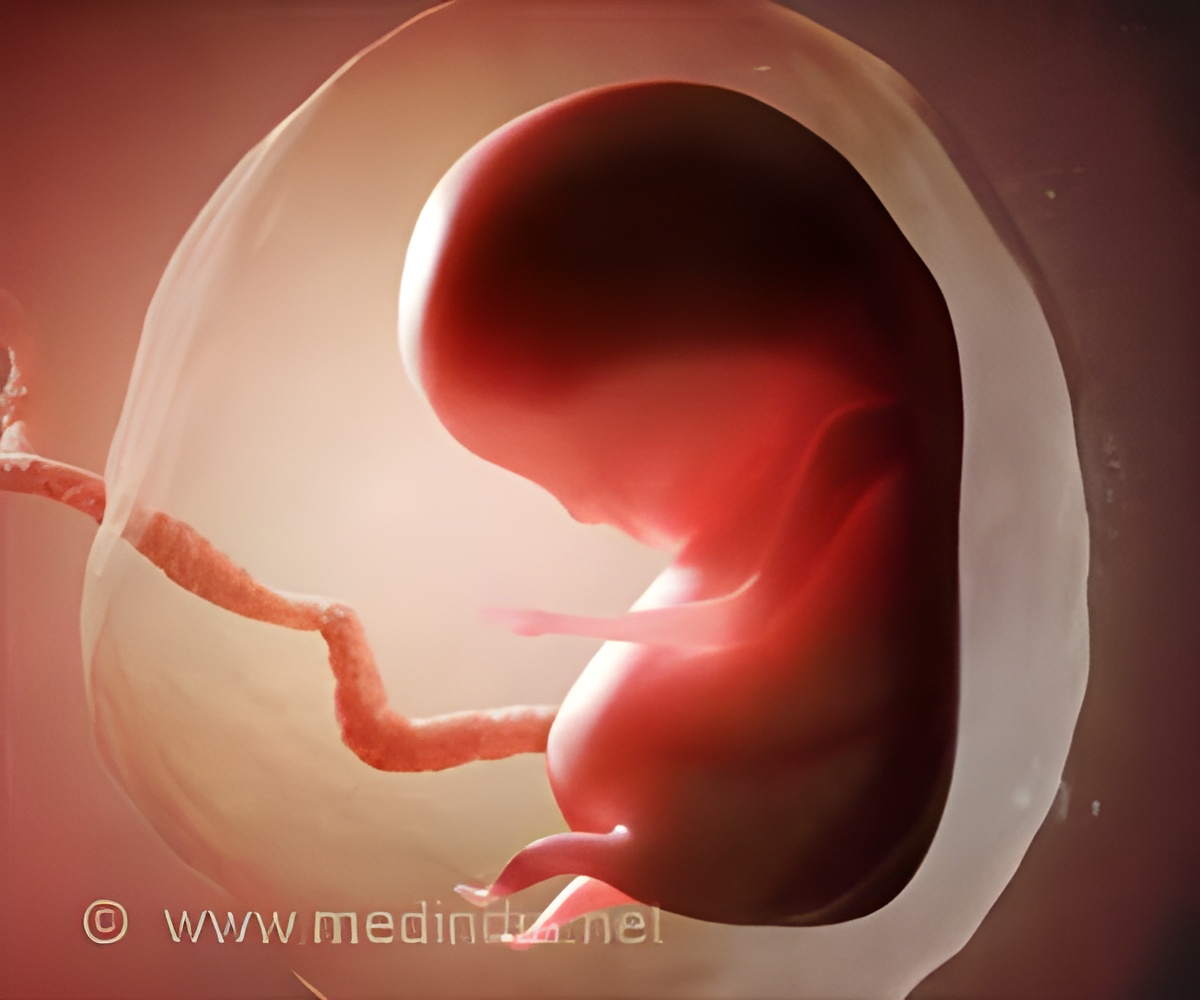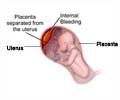Using gene expression patterns to reconstruct the evolution of placenta will predict what the placenta of the last common ancestor of eutherian mammals looked like.

‘Knowing which genes are active among different species during pregnancy tells us about how evolution works and also about what makes a healthy pregnancy.’





“In some mammals, like humans, the placenta is invasive, so it invades through the wall of the uterus, into the maternal tissue. In other mammals, the placenta just touches the wall of the uterus. And then there’s everything in between,” says senior author Vincent J. Lynch, Ph.D., associate professor of biological sciences at the University at Buffalo College of Arts and Sciences.What Kind of Placentas Were Early Placentas?
All living mammals other than marsupials and egg-laying monotremes are eutherians, which have long pregnancies in which the developing fetus evokes a strong physiological response in the mother.The ability to ask how the placenta might have functioned at different points during its evolution by using the gene expression profiles of currently existing animals to reconstruct the ancestors is a cool approach and provides us more information on how changing gene expression can contribute to the evolution of a new trait.
To conduct the analysis, the team compared the genes active in the uterus of various mammals during pregnancy. After finding that these gene expression profiles correlated with the degree of placental invasiveness, the scientists used their data to predict what ancestral mammalian placentas looked like.
The study included about 20 species, such as the egg-laying platypus, pouch-bearing marsupials, and a range of eutherian mammals that give birth to live young.
Lynch says that the study makes important contributions to understanding how pregnancy evolved. The results could also benefit modern medicine.
Advertisement
Researchers are finding the genes that establish the right kind of environment for healthy human pregnancies. If those genes are not expressed in the right way, that might give rise to problems.
Source-Medindia











